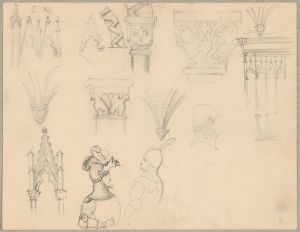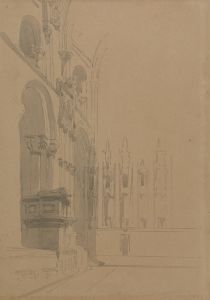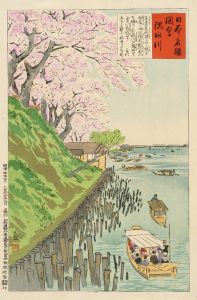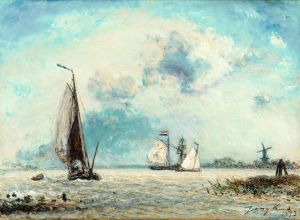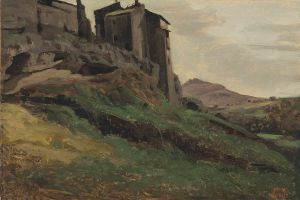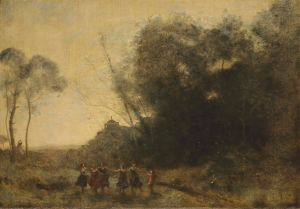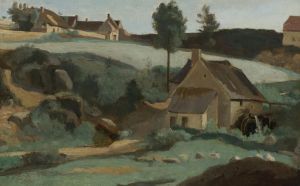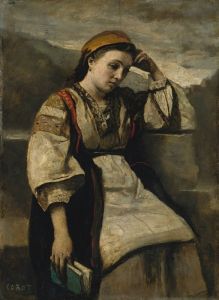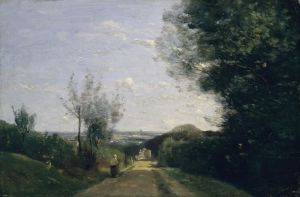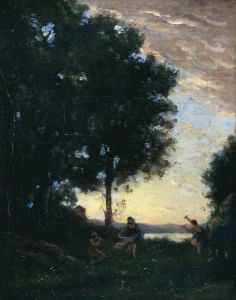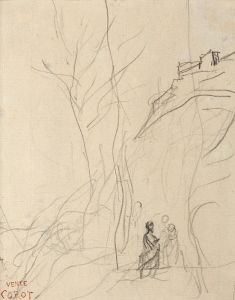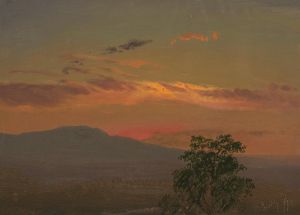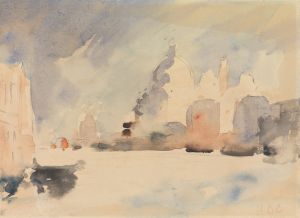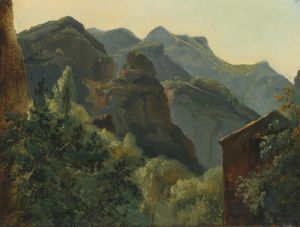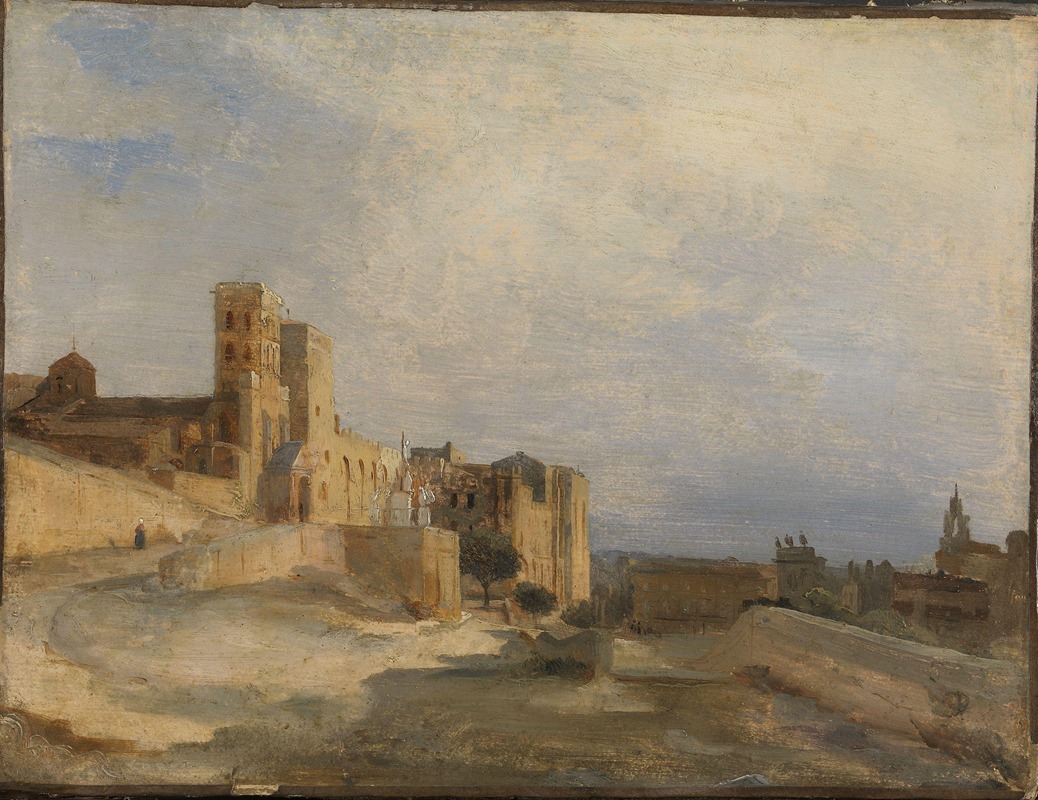
The Papal Castle in Avignon
A hand-painted replica of Jean-Baptiste-Camille Corot’s masterpiece The Papal Castle in Avignon, meticulously crafted by professional artists to capture the true essence of the original. Each piece is created with museum-quality canvas and rare mineral pigments, carefully painted by experienced artists with delicate brushstrokes and rich, layered colors to perfectly recreate the texture of the original artwork. Unlike machine-printed reproductions, this hand-painted version brings the painting to life, infused with the artist’s emotions and skill in every stroke. Whether for personal collection or home decoration, it instantly elevates the artistic atmosphere of any space.
Jean-Baptiste-Camille Corot, a prominent French landscape and portrait painter, is renowned for his contributions to the Barbizon School and his influence on the Impressionist movement. One of his notable works is "The Papal Castle in Avignon," which captures the historic Palais des Papes, a significant architectural and cultural landmark in Avignon, France.
The Palais des Papes, or Papal Palace, is one of the largest and most important medieval Gothic buildings in Europe. It was the seat of Western Christianity during the 14th century when the Popes resided there, making it a site of immense historical significance. Corot's painting of this iconic structure reflects his keen interest in capturing the essence of historical and natural landscapes.
Corot's approach to painting was characterized by his ability to blend realism with a sense of atmospheric mood, often achieved through his use of light and shadow. In "The Papal Castle in Avignon," Corot employs a delicate palette and soft brushwork to convey the grandeur and historical weight of the Papal Palace. His attention to detail and the serene quality of his landscapes are evident in this work, where the imposing structure is set against a tranquil sky, highlighting its majestic presence.
Corot's work often involved extensive travel, and he was known for his plein air painting technique, which involved painting outdoors to capture the natural light and environment directly. This method allowed him to create works that were both true to life and imbued with a sense of immediacy and intimacy. "The Papal Castle in Avignon" likely reflects his direct observation and study of the site, although specific details about the circumstances of its creation are not extensively documented.
Throughout his career, Corot maintained a balance between traditional landscape painting and the emerging modernist tendencies of his time. His works often feature a harmonious blend of natural elements and architectural forms, as seen in his depiction of the Papal Palace. This balance is a testament to his skill in integrating human-made structures within their natural surroundings, a hallmark of his artistic style.
Corot's influence extended beyond his own time, impacting future generations of artists, particularly the Impressionists, who admired his ability to capture light and atmosphere. His work on "The Papal Castle in Avignon" is a reflection of his mastery in portraying historical sites with a sense of timeless beauty and tranquility.
While specific details about the painting's provenance, such as its exact date of creation or its current location, are not readily available, it remains an important part of Corot's oeuvre. The painting exemplifies his dedication to capturing the spirit of place and his contribution to the development of landscape painting in the 19th century.
In summary, Jean-Baptiste-Camille Corot's "The Papal Castle in Avignon" is a significant work that showcases his ability to blend historical architecture with the natural landscape, creating a composition that is both evocative and serene. His influence on the art world is enduring, and this painting stands as a testament to his skill and vision as a leading figure in 19th-century art.





